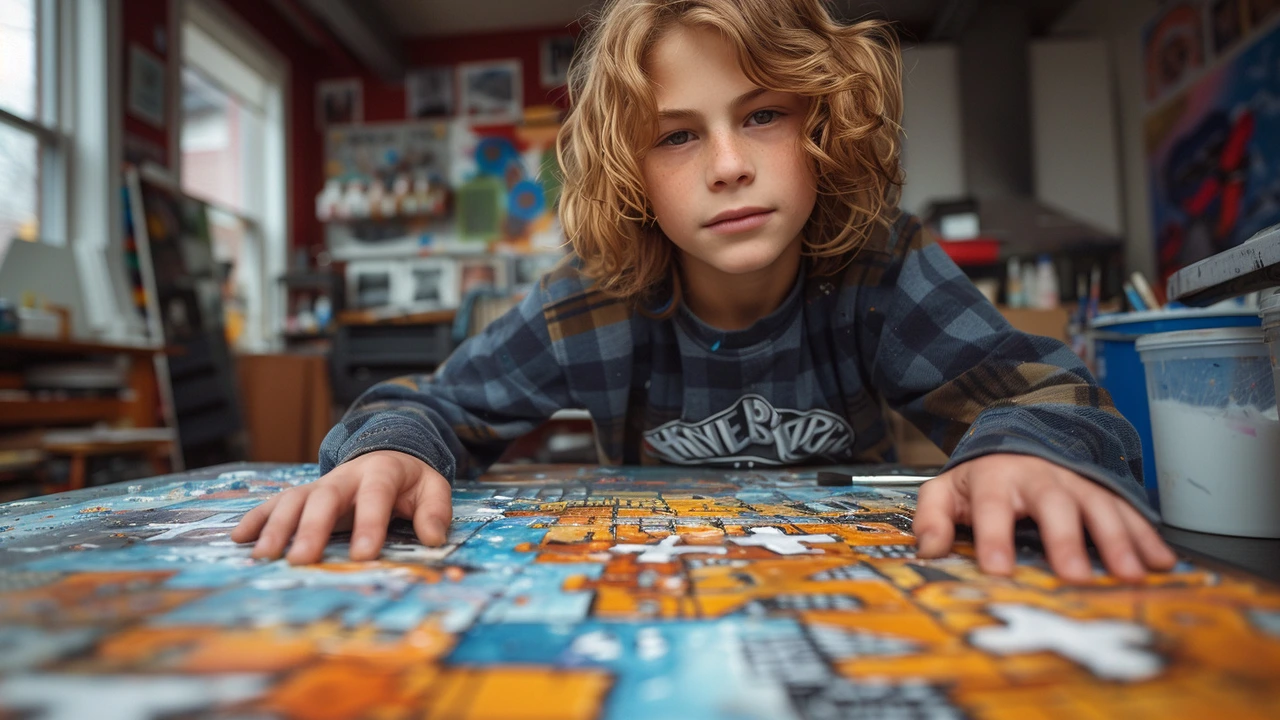Art Secrets: Quick Techniques, Hidden Meanings, and Smart Collecting
Think the gallery glows because the art is magical? Often it's technique, choices, and small decisions you can learn fast. This page gathers practical secrets artists use, tips to read meaning, and smart moves collectors love.
Start with technique. Many realist painters build a solid underpainting in neutral tones called a grisaille to lock values before color. Photorealists layer thin glazes and let each dry; that creates depth without muddiness. For loose styles, control edges: keep hard edges where you want focus and soft edges for background flow. A quick trick — squint at a piece to see big shapes and fix value errors before worrying about detail.
Color and light are two more fast wins. Mix color around a dominant temperature to keep harmony: add a touch of warm or cool to every color. Use a limited palette to avoid murky mixes. For believable light, study cast shadows and reflected color; shadows carry nearby hues. Artists often warm the light side and cool the shadow side to sell form.
Secrets for Display and Photos
How art is shown changes how it reads. Museums aim for 3000K–3500K warm lights with high CRI so colors pop. At home, use adjustable LED lights and avoid direct sunlight. Give paintings breathing room — 2–4 inches between frame and wall helps with airflow and shadow play. When photographing art, shoot in RAW, use a tripod, and place a polarizing filter to cut reflections. Calibrate your monitor before editing so prints match screen colors.
Collecting and Conservation Tips
Want to buy smart? Ask for provenance, an artist CV, and condition notes. Limited editions should come with certificates and numbering. For new artists, track studio visits or small fairs — small works often become big finds. Store works flat for prints and wrapped in acid-free paper. Keep humidity around 45–55% and temperature steady to avoid warping or paint cracking. Use UV-filter glazing for framed works and acid-free mats to stop yellowing.
Reading art is easier if you look for structure. Follow implied lines, spot repeat shapes or colors, and find the focal point. Symbols repeat for a reason — a bird, a window, or a shadow often points to a theme. Installation art hides meaning in how you move through it; notice path, scale, and sound. Land art uses place as medium, so context matters.
Here are three quick actionable moves: one, view art from across the room then up close; two, ask the artist one direct question about process; three, record provenance and condition when you buy. Those small steps save time and money later.
Want more secrets tied to specific movements or techniques? Explore posts on photorealism, Bauhaus design, Fluxus experiments, and installation work for deeper how-tos and examples you can try today.
Artists: photograph progress stages and keep a process log with dates, materials, and time spent. That helps pricing and shows growth. Join a critique group or swap portfolio notes — honest feedback often highlights small fixes that lift a piece from okay to strong right away.

